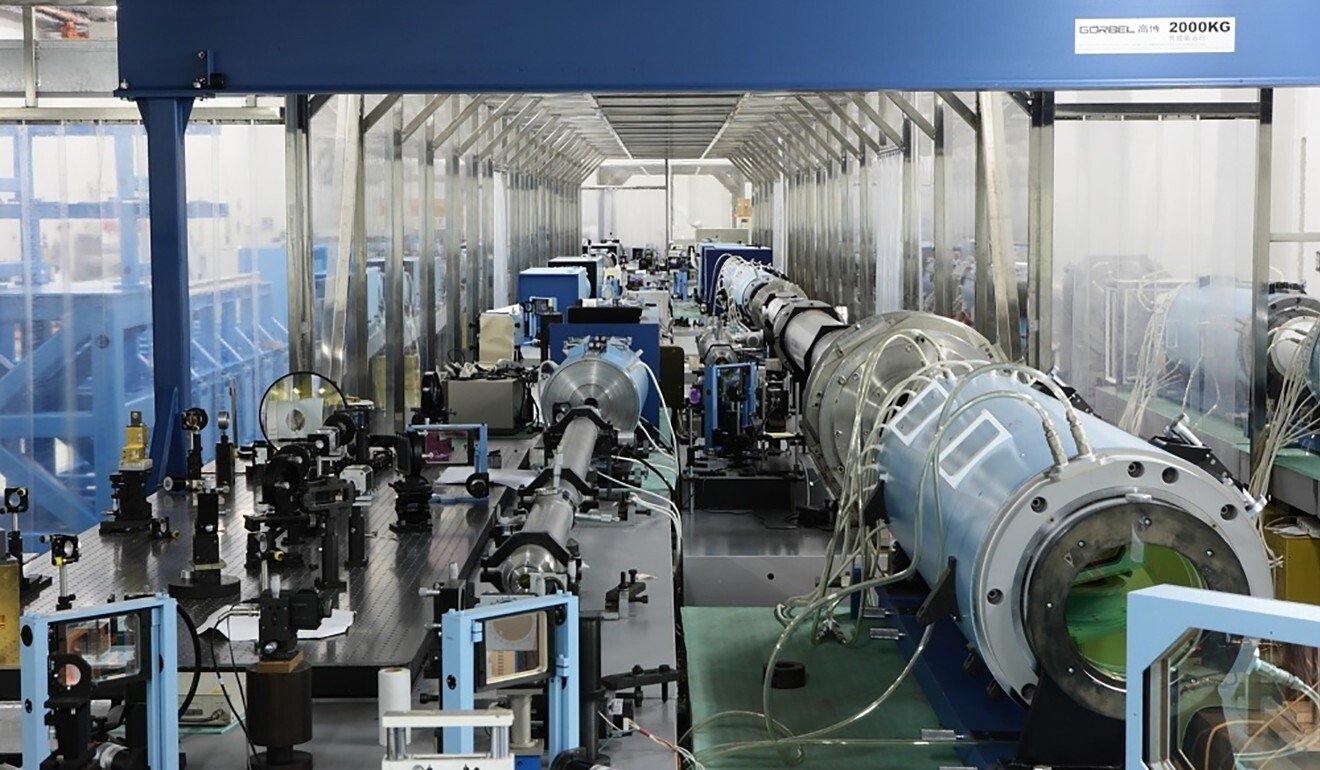
In a significant move to bolster its position in the global race for nuclear fusion supremacy, China recently unveiled a groundbreaking initiative. On December 29, the China National Nuclear Corporation (CNNC) announced the establishment of China Fusion Energy Inc, a state-owned company tasked with pooling resources from across the nation to propel the development of a nuclear fusion reactor – often referred to as an “artificial sun.” The announcement marked a crucial step in consolidating China’s fusion energy research and development efforts, which had previously been dispersed among various research institutes and private firms.
The Consortium Formation:
At the heart of this ambitious endeavor is a collaborative innovation consortium led by the CNNC. Comprising 25 entities, the consortium includes central government-owned enterprises and research institutes, among them energy and steel giants such as State Grid Corp., China Three Gorges Corp., and China Baowu Steel Group Corp Ltd. The collective aims to address key challenges in nuclear fusion technology, focusing on high-temperature superconductors, large-capacity energy storage, and tritium production.
National Priority and Strategic Vision:
Chen Rui, founder of Startorus Fusion, emphasized that nuclear fusion has become a national priority for China. The State Council, in a recent meeting, explicitly stated that “controlled nuclear fusion is the only direction for future energy.” This reflects a growing awareness within the Chinese government of the rapid developments in the field, particularly in Europe and the United States.
CNNC vice-president Cao Shudong underscored the significance of developing a “high-quality energy industry” and highlighted the role of China’s central-governance system in channeling national resources towards this critical project. The collaborative nature of the consortium mirrors China’s previous strategies in consolidating industries to streamline research and development efforts, citing the example of the China Satellite Network Group established in 2021.
Innovation Challenges and Fund:
To tackle the multifaceted challenges in nuclear fusion, the consortium assigned 13 members to address the initial set of 10 challenges. These challenges encompass areas such as high-temperature superconducting magnets, fusion reactor materials, and high-performance energy storage. In addition, an innovation fund was established to secure the necessary funding for the project.
Key Players and Expertise:
While the major shareholders of China Fusion Energy Inc remain undisclosed, industry experts suggest that the company predominantly draws on the fusion technology developed by the CNNC-affiliated Southwestern Institute of Physics (SWIP). SWIP, alongside the Institute of Plasma Physics (IPP), constitutes the primary forces in national fusion research and development.
Nuclear Fusion Technology and Global Competition:
Nuclear fusion, often termed an “artificial sun,” involves heating hydrogen atoms to over 100 million degrees Celsius and confining them long enough to fuse into heavier atoms, potentially providing safe, clean, and nearly limitless energy. This technology has gained global attention, with major countries like the US, the UK, and Japan competing to advance its development.
China, a frontrunner in this race, filed more patents in nuclear fusion technology between 2011 and 2022 than any other country, according to research by Astamuse. The nation aims to construct an industrial prototype fusion reactor by 2035 and achieve large-scale commercial use by 2050, showcasing its commitment to becoming a leader in this transformative energy source.
China’s establishment of China Fusion Energy Inc and the collaborative innovation consortium signals a bold and strategic move to assert its dominance in the rapidly evolving field of nuclear fusion technology. By consolidating national resources, leveraging central governance, and fostering collaboration among key industry players, China positions itself at the forefront of the global competition for sustainable and revolutionary energy solutions. As the world watches, the success of this initiative could reshape the future of energy production and propel China to the forefront of the nuclear fusion race.
Source: Bloomberg.com





